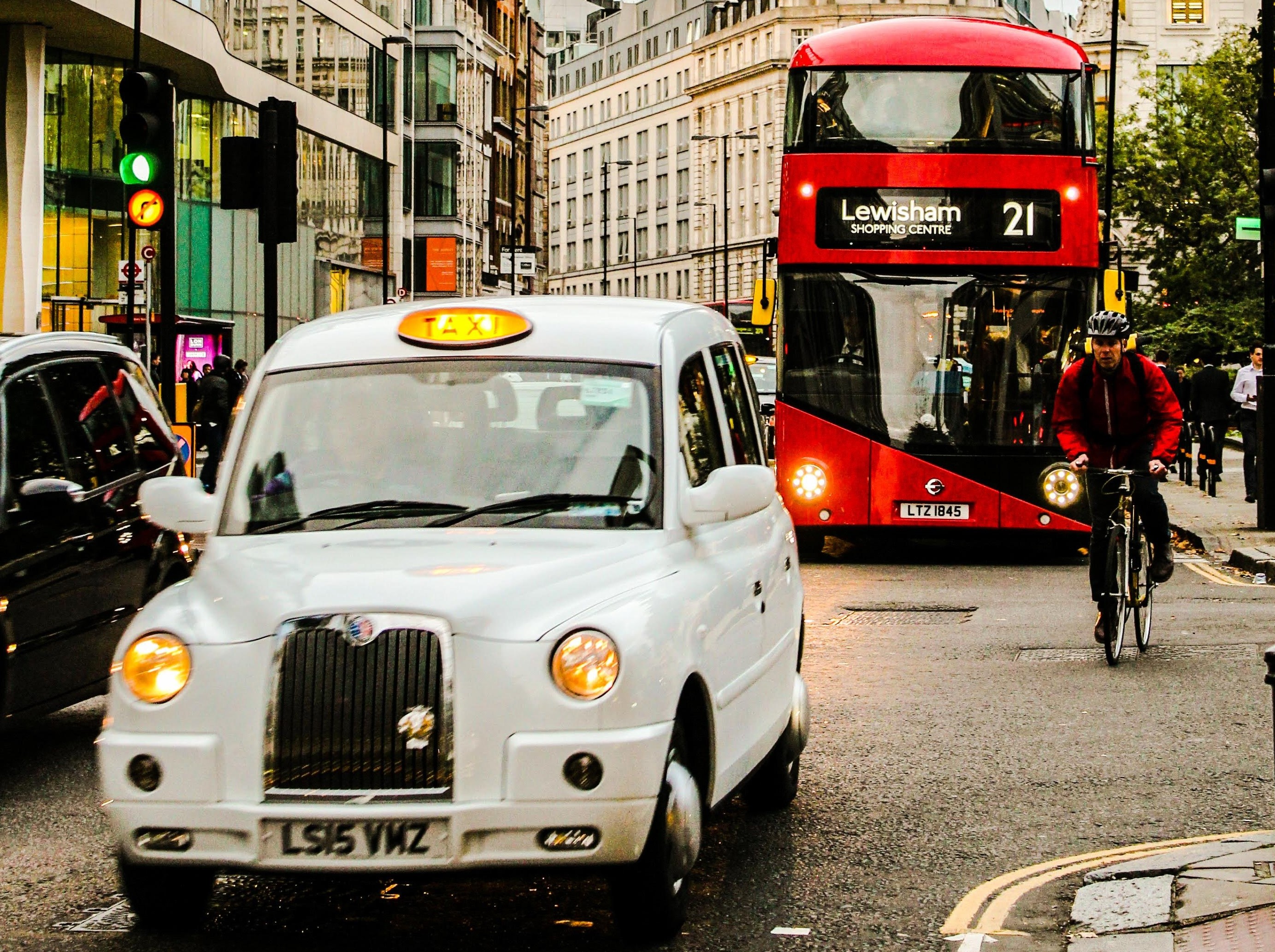Data is the key to the Transport of the Future
There is no doubt in the minds of commentators that data will be fundamental to the emerging transport and mobility landscape (see reports from Deloitte, Department for Transport, Roland Berger). Mobility as a Service (MaaS) and shared mobility initiatives are due to have a revolutionary impact on how people and goods move around. The rise of these schemes has been accelerated in urban centres as authorities come under increasing pressure to improve air quality and reduce environmental impact. Pilot schemes have been successfully run across the world. For example, the Whim mobile app in Helsinki is often seen as the primary example of MaaS at work.
Time for Transport to Become Smarter with Data
Consider the sheer amounts of user and journey data collected by ride-hailing services such as UBER and their contemporaries. If shared (e.g. with local authorities), this data would prove useful for optimising transport networks. This is just the tip of the iceberg.
Any successful implementation of MaaS will rely heavily on the use of data and the sharing of it, by all stakeholders within the MaaS ecosystem. The ecosystem contains government agencies, transport providers, payment service providers, technology provider(s), and customers themselves. A recent Catapult Systems report illustrates the role that each actor performs within the ecosystem. Data transactions must be allowed to happen freely between stakeholders to improve service and customer experience.
MaaS represents a merger between the digital and the physical. Although it’s mainly in the final throes of testing currently, schemes have seen success across Europe (even right here in Birmingham), and Asia. Data underpins how schemes work, and can inform authorities to tackle congestion in urban areas and reduce inefficiencies (e.g. the amount of single-occupancy journeys taken). Data sharing is vital as stakeholders must be able to use data created and held by others. For instance, transport providers must share their data with the app provider to make resources like timetables and departure boards available to users.
Up and coming transport systems will be reliant on modern technology and the collaboration of multiple parties who will need to share the data that they collect. Conveniently, this lines-up well with the UK government’s Future of Mobility Urban Strategy commitment to “explore ways to use data to accelerate the development of new mobility systems.”
Challenges to Overcome
Implementing MaaS won’t be straightforward. Uniting the required stakeholders is a challenge, as each have their own interests, but they must collaborate for the benefit of the scheme. With new data transactions happening between stakeholders, new legal frameworks need to be in operation before MaaS can succeed. Dr Joachim Taiber, CTO of the International Transportation Innovation Centre (ITIC), sees these frameworks as being part of the “shared data economy for mobility services” which needs “standardised ways of performing data transactions considering security, scalability and sustainability criteria.”
Frameworks must allow stakeholders to share data in a free, consistent, but secure manner. This will mean that data protection regulations will need to be relaxed and updated. The process will require significant input from central government, which will likely slow the deploying of MaaS. To overcome this challenge, government and transport authorities need to be prepared now for the upcoming changes.
The Future of Transport is Now
In the coming months and years, we’re going to see shared mobility and MaaS schemes gain popularity and awareness. Wherever schemes have put down their roots, they have proved to be popular with the people they serve. Madrid has BiciMAD (bike-sharing) and Car2Go (car-sharing), New York has Revel (moped-sharing), and Singapore has BlueSG (electric car-sharing). A common denominator for these schemes? All collect and rely on data and use digital technology (almost always in the form of a mobile app). Data truly is at the very heart of the future of transportation, and the future is truly upon us.

